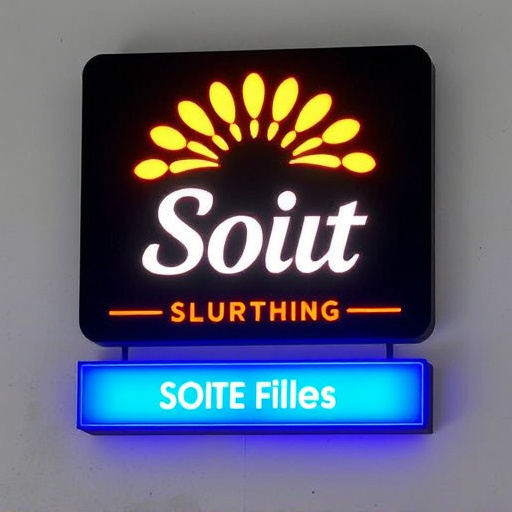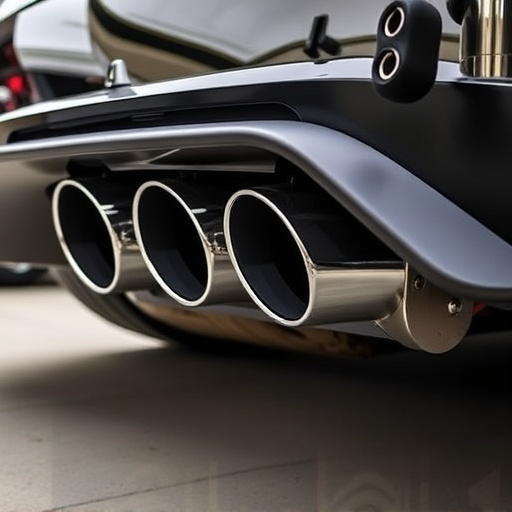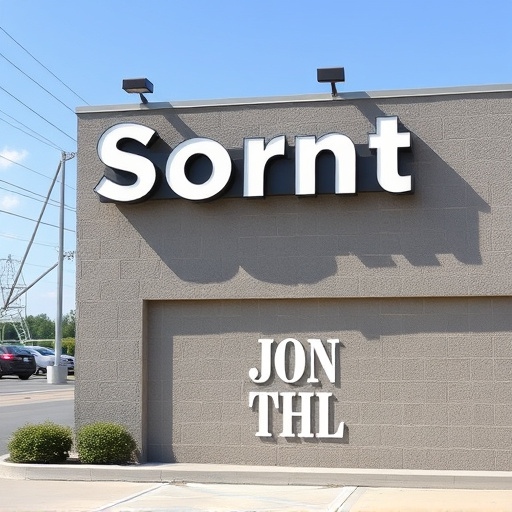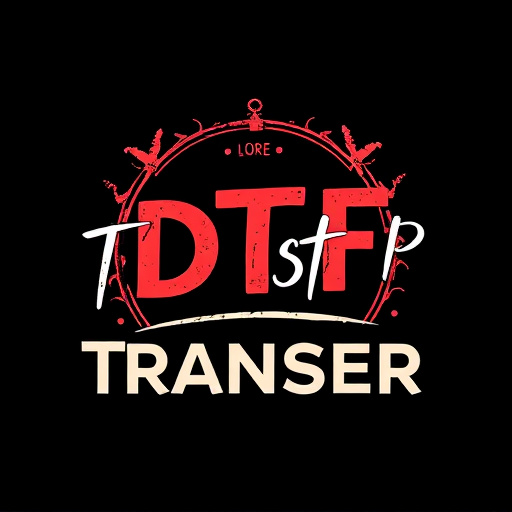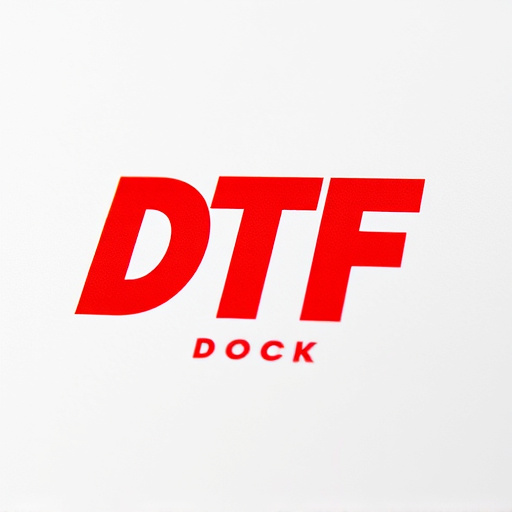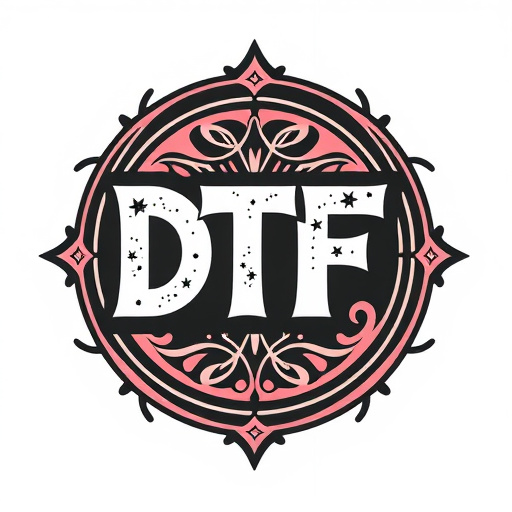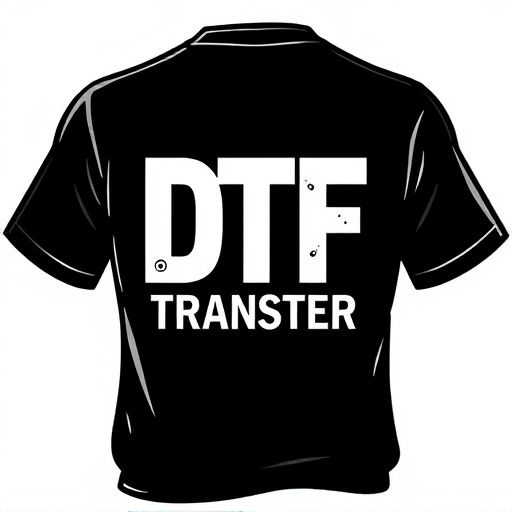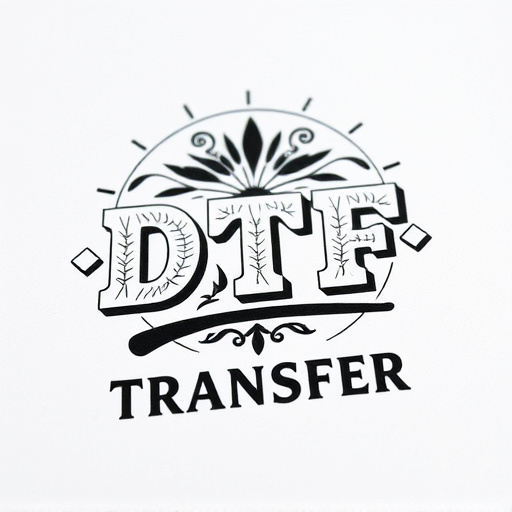Direct-to-film (DTF) transfer technology revolutionizes printing with unparalleled speed and precision. Offering 24-hour turnaround times, DTF enables on-demand production of high-quality prints on diverse materials. This innovative process streamlines Print on Demand (POD) businesses, enhances customization options, and caters to peak seasons or last-minute requests. Advanced software, specialized films, and efficient printers ensure vibrant, crisp results, making DTF a preferred choice for rapid, custom printing solutions across various industries.
“Discover the game-changing potential of Direct-to-Film (DTF) transfer technology and its impact on print-on-demand businesses. This innovative process revolutionizes printing by enabling high-quality DTF prints with unprecedented speed. In this comprehensive guide, we explore the inner workings of DTF printing, unraveling each step to ensure exceptional quality in just 24 hours. From automating the fulfillment process to successful case studies, learn how DTF transfer can transform your business, offering unparalleled efficiency and client satisfaction.”
- Understanding Direct-to-Film (DTF) Transfer Technology
- The Advantages of DTF for Print On Demand Businesses
- How DTF Printing Works: A Step-by-Step Process
- Ensuring Quality and Speed in DTF Transfer Orders
- Automating the Fulfillment Process for 24-Hour Turnaround
- Case Studies: Successful Implementation of DTF Transfer within 24 Hours
Understanding Direct-to-Film (DTF) Transfer Technology
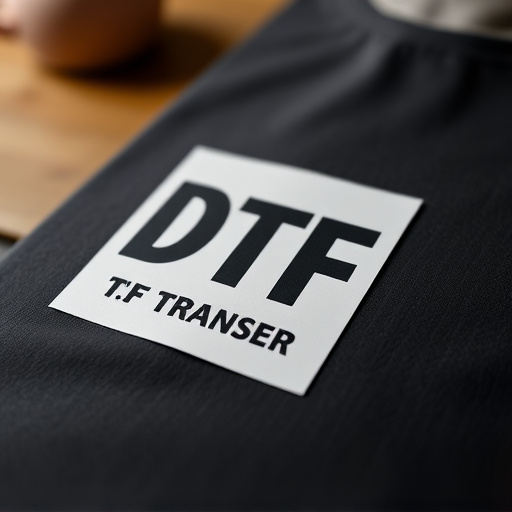
Direct-to-film (DTF) transfer technology has revolutionized the way we create and reproduce high-quality prints. This innovative process eliminates the need for traditional intermediate steps, enabling direct printing onto various film surfaces. By employing advanced inkjet printers and specialized materials, DTF allows for precise color reproduction, exceptional detail, and a wide range of applications. From promotional items to custom art pieces, DTF transfer has become a game-changer in the print industry.
DTF printing offers unparalleled speed and efficiency, making it ideal for businesses and individuals requiring quick turnaround times. The technology enables on-demand production, ensuring that orders can be fulfilled promptly, even within tight 24-hour windows. This level of responsiveness has sparked a new era of personalized, time-sensitive printing solutions, catering to diverse needs in today’s fast-paced market.
The Advantages of DTF for Print On Demand Businesses
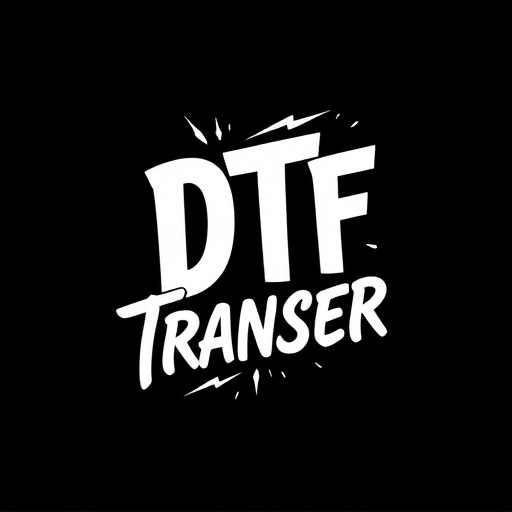
Direct-to-film (DTF) transfer orders offer significant advantages for Print on Demand (POD) businesses. One of the key benefits is its speed and efficiency—DTF allows for orders to be fulfilled within just 24 hours, a remarkable turnaround time in the POD industry. This rapid response is crucial for meeting customer expectations, especially during peak seasons or when dealing with last-minute requests. By implementing DTF transfer technology, POD businesses can guarantee timely delivery without compromising quality.
Additionally, DTF printing enhances customization options and supports a wide array of print mediums, enabling businesses to cater to diverse customer needs. It ensures that designs are reproduced accurately on various materials, from clothing to home decor items. Moreover, DTF transfer is cost-effective, making it an attractive solution for POD entrepreneurs looking to maximize profits while maintaining high-quality standards.
How DTF Printing Works: A Step-by-Step Process
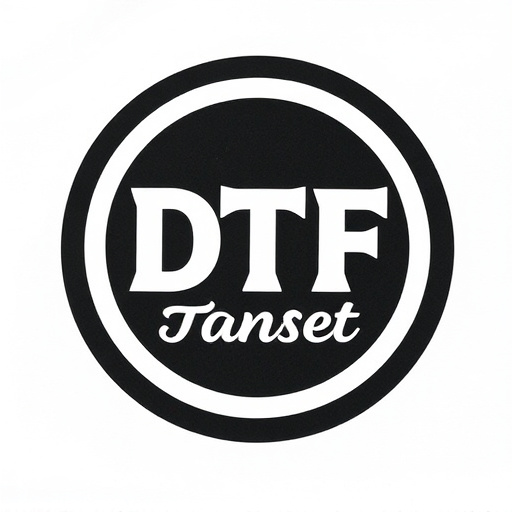
Direct-to-film (DTF) printing is a cutting-edge process that revolutionizes the way we produce custom prints and orders. This innovative technique allows for incredibly fast turnaround times, with DTF transfer orders fulfilled in as little as 24 hours. Here’s how it works step by step:
1. Design Creation: The process begins with a high-quality digital design. Whether it’s artwork, text, or an image, the design is prepared and optimized for printing using specialized software. This ensures precision and clarity in the final print.
2. Film Preparation: Next, a clear film sheet is coated with a photosensitive material. This film is then precisely exposed to UV light according to the digital design data. Areas of the film not exposed to light remain soluble while the exposed areas harden, creating a negative mask of the design.
3. Transfer Application: The hardened film is carefully applied to the desired substrate, typically fabric or plastic. The solubility of the unexposed areas allows for easy removal, leaving only the design transferred onto the surface.
4. Washing and Drying: After the transfer, the excess film is washed away, revealing the crisp, clear image on the substrate. Finally, the printed piece goes through a drying process to ensure long-lasting durability and vibrancy of the DTF prints.
Ensuring Quality and Speed in DTF Transfer Orders
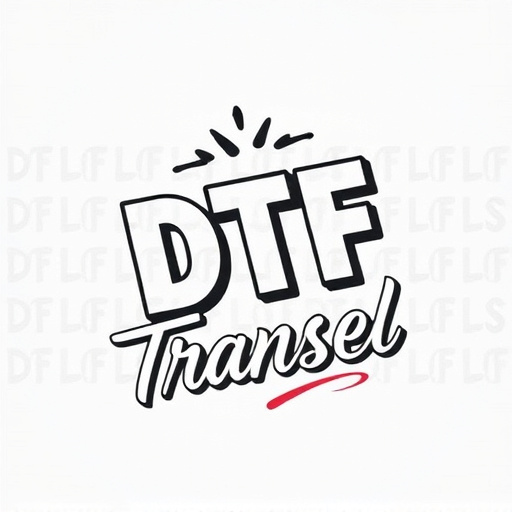
Ensuring top-notch quality and lightning-fast turnaround times is paramount in the world of DTF (Direct-to-film) transfer orders, especially when clients demand swift fulfillment within a tight 24-hour window. The process involves intricate steps to guarantee both precision and speed. Skilled technicians meticulously prepare designs for DTF printing, optimizing them for optimal adhesion and vibrant color reproduction on various materials.
Advanced equipment plays a crucial role in achieving lightning-fast turnaround times without compromising quality. High-speed printers and efficient cutting systems enable the rapid production of DTF prints, ensuring orders are fulfilled promptly. Quality control measures at each stage further ensure that every print meets stringent standards, from color accuracy to material integrity. This meticulous approach allows for consistent, high-quality DTF transfer outcomes, even under the pressure of tight deadlines.
Automating the Fulfillment Process for 24-Hour Turnaround
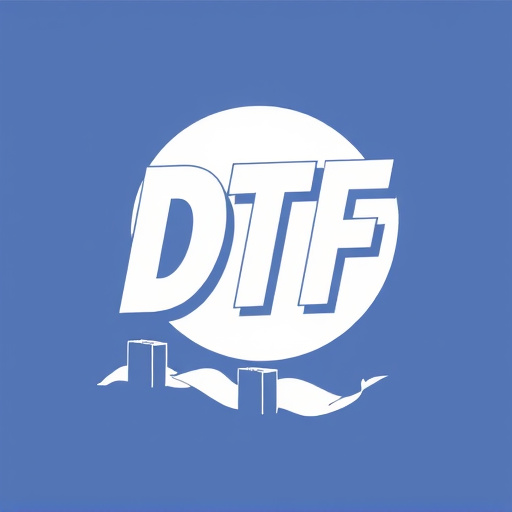
Automating the fulfillment process is key to achieving a lightning-fast 24-hour turnaround for direct-to-film (DTF) transfer orders. Traditional methods often rely on manual steps, from proofing to cutting and pressing, which can be time-consuming and prone to human error. By implementing automated systems, such as advanced DTF printers and computer-aided design software, businesses streamline the production process. These technologies enable efficient prepress preparation, precise cutting, and consistent quality, ensuring that orders are ready for shipping within the desired timeframe.
Furthermore, automation enhances order tracking and inventory management. Digital systems provide real-time updates on each step of the fulfillment process, allowing companies to monitor progress and identify potential delays. Automated inventory control helps maintain a steady supply of raw materials, like DTF films and inks, ensuring a continuous workflow. This seamless integration of technology not only meets the demand for rapid turnaround times but also improves overall operational efficiency and reduces costs.
Case Studies: Successful Implementation of DTF Transfer within 24 Hours

In today’s fast-paced world, where time is a precious resource, the ability to fulfill direct-to-film (DTF) transfer orders within a mere 24 hours is a game-changer for many industries. This rapid turnaround time has been successfully implemented by various businesses, showcasing the efficiency and versatility of DTF printing technology. For instance, consider a case study involving a small but bustling screen printing shop that specialized in custom apparel. They adopted DTF transfer technology to cater to their clients’ urgent requests for limited-edition, personalized clothing. By streamlining their workflow and utilizing state-of-the-art DTF printers, they were able to reduce production time significantly without compromising quality.
Another compelling example is a large-scale event management company that organized high-profile conferences and festivals. To create captivating visuals for their clients’ branding, they partnered with DTF printing experts who could deliver custom vinyl banners and graphics within the tight 24-hour window. This enabled them to offer dynamic, on-site printing solutions, ensuring that each event had its unique, bespoke aesthetic. These case studies demonstrate how embracing DTF transfer technology can revolutionize businesses, enabling them to adapt swiftly to their clients’ needs, whether it’s a small batch of personalized gifts or large-scale event displays, all while maintaining top-tier quality and an impressive turnaround time.


